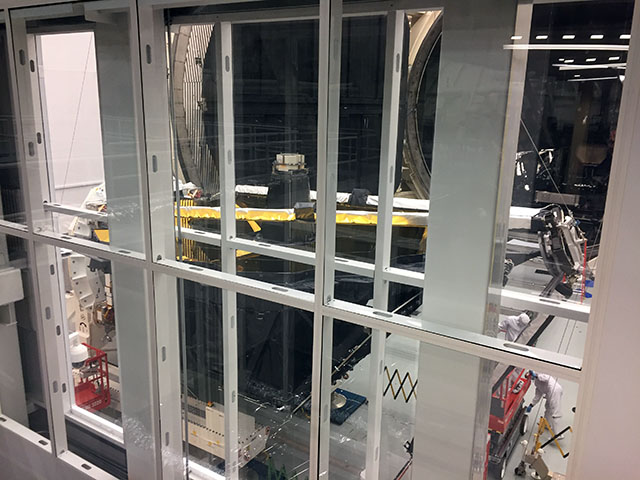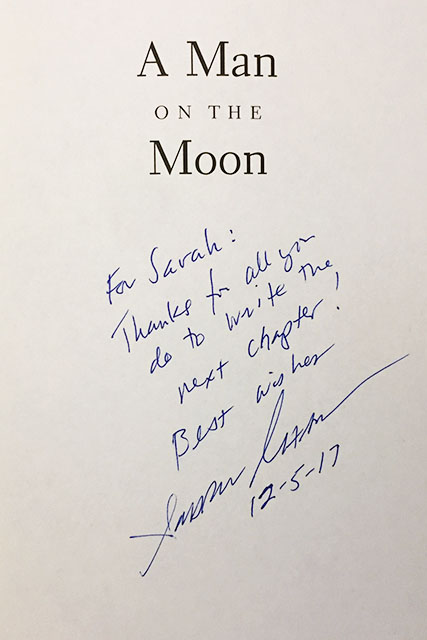Space travel is dangerous. There will be no tourists. | Chris Taylor, Mashable
The relative safety of today’s commercial travel, where the worst you’re likely to experience is a long wait on the tarmac or a little turbulence in the air — this is a historical anomaly, and it was hard won.
I’ve read a lot of articles and discussion about the merits of commercial space/private space/space tourism (pick your buzzword) in the wake of the fatal crash of Virgin Galactic’s SpaceShipTwo. It is hard for some to reconcile the loss of a life in pursuit of what they view as a mere joyride for millionaires. I understand that sentiment, but don’t entirely agree with it.
Here’s what I do know: space is hard. It has always been hard. It will continue to be hard for a long time. NASA is obligated to be extremely conservative (and rightly so) because we answer to American taxpayers, but as private companies enter the realm of space exploration, it is, to a large extent, up to them to determine what level of risk they are willing to accept. This is perhaps one of the biggest blessings of commercial space, but there is the potential for it to be a curse as well.
Significant Conversations | Wayne Hale
Hale is a former Space Shuttle Program Manager and Flight Director. This is a long letter about human spaceflight, risk, and safety that he wrote ~10 years ago as NASA was preparing to return the space shuttle to flight after the Columbia accident. It’s a good read, and also contains this single sentence, which is actually a thorough yet succinct description of my job as a safety engineer:
Our collective job is to understand the risk, mitigate it as much as possible, communicate accurately all round about the risk remaining, and then decide if we can go on with that risk.
STS-93 Ascent MCC FCR Internal Loop | YouTube
The other day I came across this annotated video of the Mission Control voice loops during the STS-93 launch. This particular launch had a couple could-have-been-a-REALLY-big-deal issues that, fortunately, did not fully manifest themselves in harmful ways. It’s been more than 3 years since I sat on console, but just listening to this made my heart race and my palms get a little sweaty.
I’ll wrap up with something a little more light-hearted — water bubbles in space, with a GoPro camera inside!









Early aviation was filled with death. Just read Introduction to Flight or Fundamentals of Aerodynamics for lots of obits.
I personally do not consider commercial suborbital space synonymous with joyrides for millionaires. Instead, it is a stepping-stone to making space safer and more accessible for multi-hundred-thousand-aires, for a start. I think most people (not in the field of aerospace) fail to recognize that the joyriding millionaires will be effectively funding space development for all.
I consider commercial suborbital to be to spaceflight as barnstorming was to aviation back in the 1920s. It will open up the experience and insight into the preparations of spaceflight to the masses.
That said… the barnstorming aircraft were surplus WW1 aircraft. Designs that had already proven themselves in testing and training for thousands of aviators. Unfortunately I don’t think we’ll be that lucky for commercial, we’re going to have to learn some lessons the hard way.
I hope that the federal government and American public will be forgiving enough to allow us these mistakes as we learn and get better. Otherwise another country will take the risks and reap the benefits.